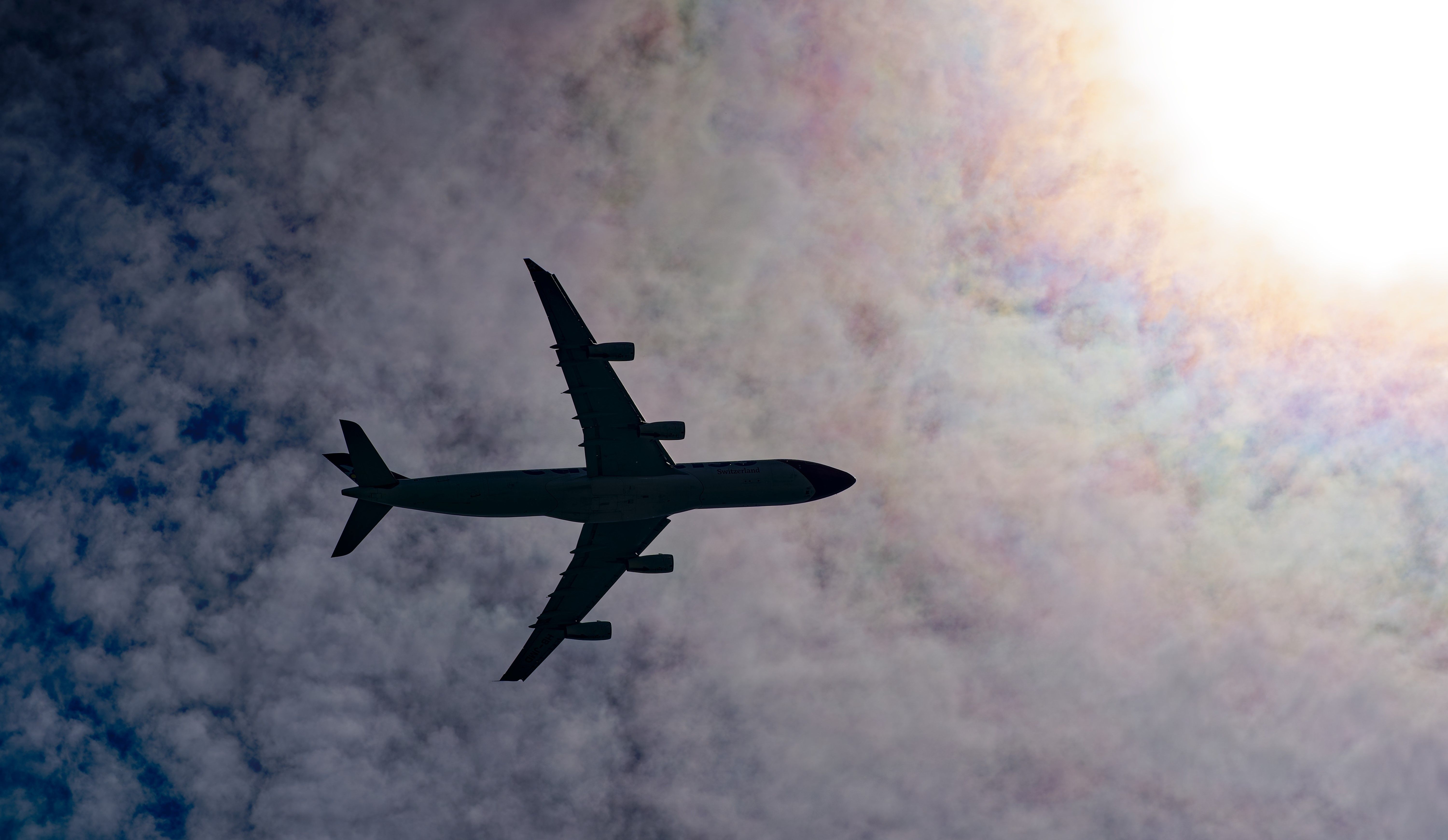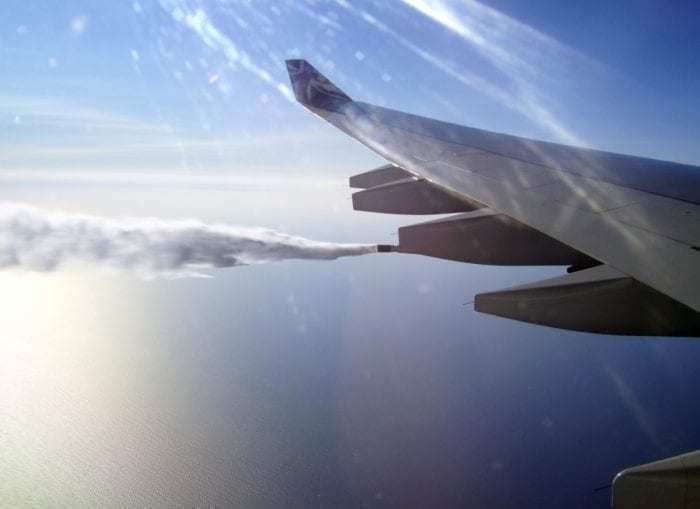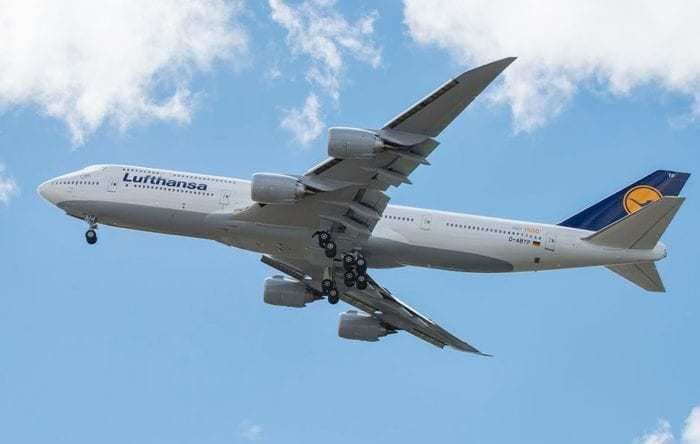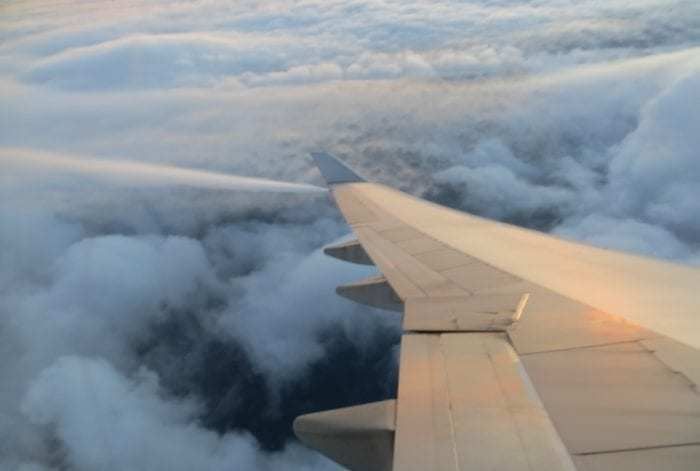Occasionally we hear that an aircraft had to dump fuel in order to reduce their weight before landing. Although it does happen, fuel dumping, also known as fuel jettison, is certainly not a regular occurrence. It is typically undertaken in emergency situations when the aircraft has to land earlier than expected.
What happens when aircraft dump fuel?
When aircraft dump fuel they release thousands of gallons of aircraft fuel, or kerosene, into the atmosphere. Usually, the fuel evaporates before it reaches the ground. However, this is only the case if the aircraft is flying high enough. As such, pilots will try to dump the fuel at higher elevations and typically try to avoid dumping fuel over populated areas just in case some of the kerosene does reach the ground.
Can all aircraft dump fuel?
No, not all aircraft can dump fuel. As a matter of fact, many aircraft, including the Boeing 737 and 757, for example, do not have this capability and really, they don't need it. On the other hand, Federal Aviation Regulations require certain aircraft, like the Boeing 747 for instance, to have a fuel jettison system. The same holds true for Airbus aircraft; the Airbus A340 and A380 can dump fuel, while the A320 cannot.
Federal Aviation Regulations have specific requirements regarding the dumping of fuel and, the other option, overweight landings. After all, aircraft dump fuel to avoid overweight landings as these can put enormous stress on the airframe.
According to Boeing "[l]anding overweight and fuel jettisoning are both considered safe procedures." It is ultimately up to the pilot-in-command to decide if dumping fuel or landing overweight is the better option, under the given circumstances.
How do aircraft dump fuel?
Aircraft use their fuel jettison system to dump fuel. This system consists of a variety of valves and pumps. Pilots accomplish the fuel dumping itself by flipping a switch in the cockpit to activate the system. Once the system is activated, fuel is pumped out via valves located in the wings. This fuel is released into the atmosphere and will normally evaporate.
Aircraft dump fuel to lower their weight, but why?
First of all, it is important to note that the maximum takeoff weight of an aircraft is always higher than its maximum landing weight. The difference is actually pretty large. Typically, an airplane that has just taken off for a long-haul flight will be significantly heavier than its maximum landing weight, mostly due to the fuel the aircraft has onboard. If the aircraft has to land shortly after takeoff, dumping fuel will make it lighter and avoid some of the added stress on the aircraft structure and the landing gear. In addition, it will also improve the aircraft's landing performance.
Have you ever been on a flight that had to dump fuel? Share your experience with us!




